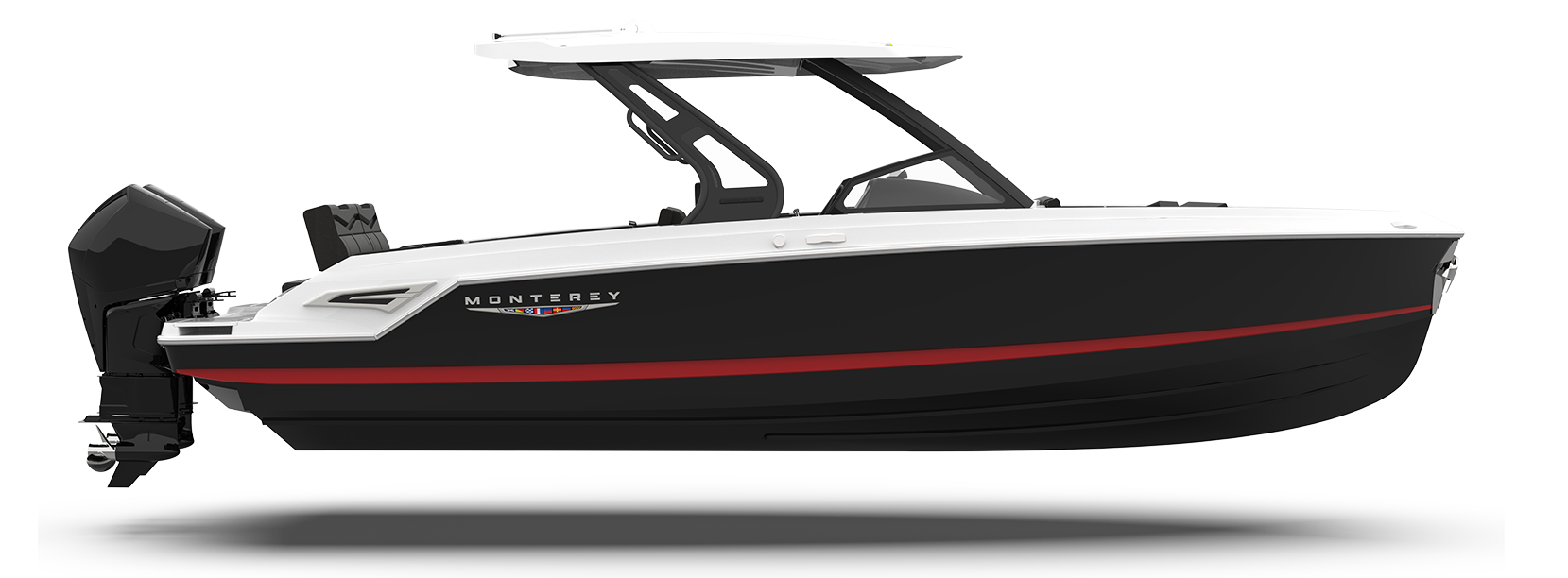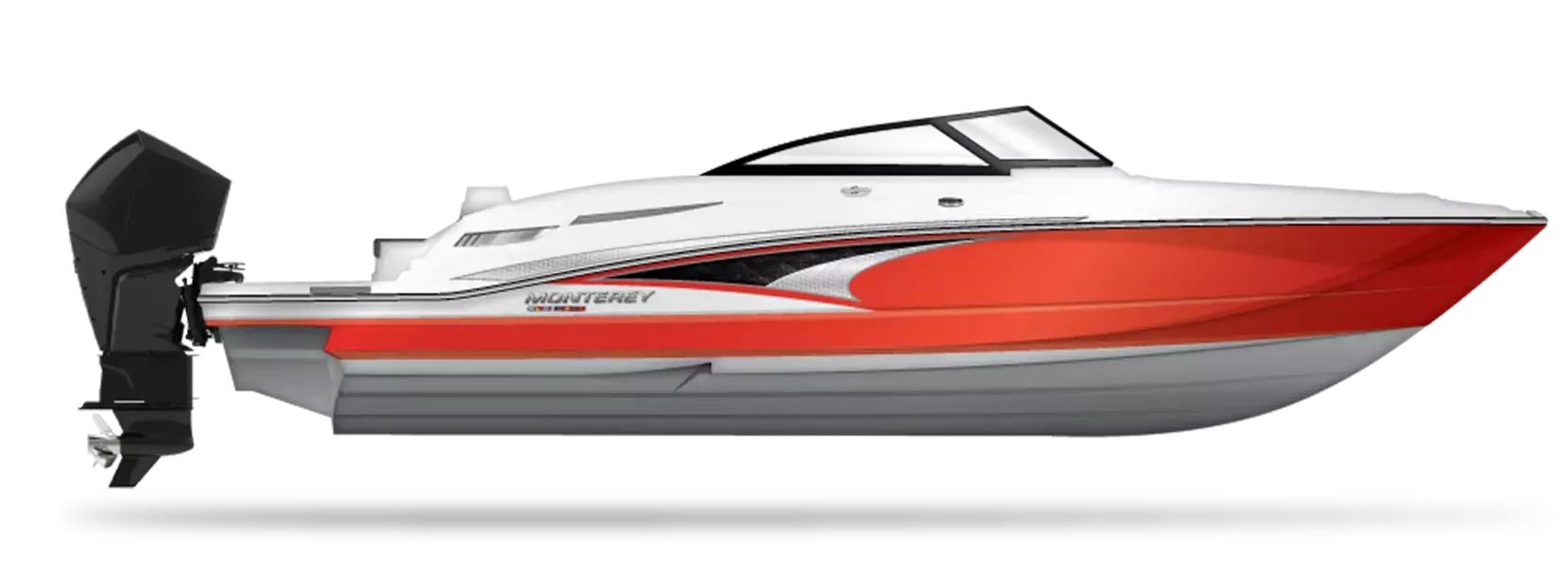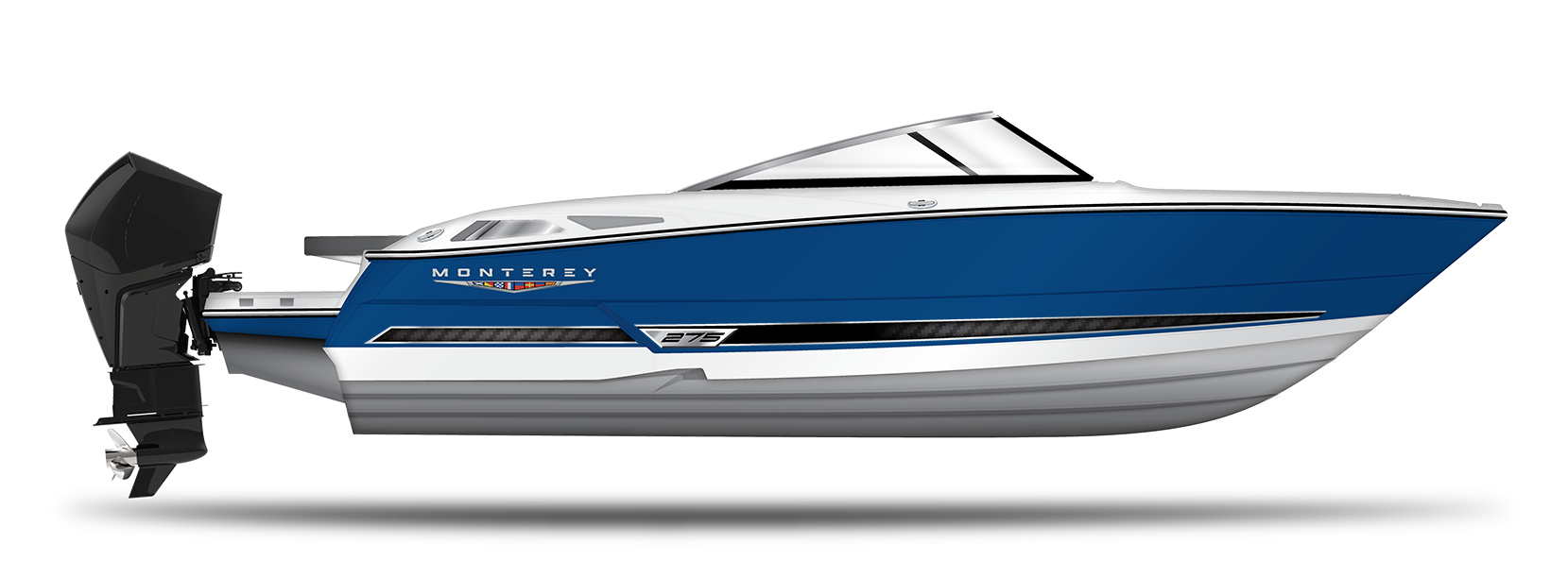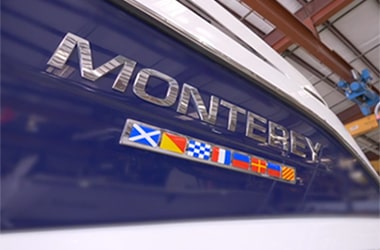Sailor Safety: A History of PFDs
If you’re a boater, you already know just how important personal floatation devices—or PFDs—are to life on the water. We wear them, our kids wear them… even our dogs wear them!
What you may not know is the history behind these life-saving devices. In today’s blog, we will be looking at the events and innovations that led to the PFDs we keep on board today.
The earliest PFDs
Long before the orange jackets we use today, the earliest floatation devices were often inflated animal bladders or gourds that were hollowed out and sealed for buoyancy.
Cork life jackets
In the early 19th century, cork life jackets were sold and marketed as the “seaman’s friend” due to their ability to make life on the water a little easier… and safer. These jackets were effective, but were also hard and inflexible, and would be modified down the line.
Lifesaving potential and formal issue
After their lifesaving potential was realized, personal floatation devices were issued to lifeboat crewmen in the United Kingdom. Captain Ward of the Royal National Lifeboat Institution created the first “modern” lifejacket, a cork vest that was used by his men to avoid the effects of weather and, of course, reduce the risk of drowning while out on missions.
Trouvé’s battery-powered jacket
Gustave Trouvé, a French engineer, created and patented a battery-powered life jacket that could inflate, power light signals and launch distress flares—a revolutionary concept for the time.
A change of material
Over time, cork had been replaced by kapok—a vegetable material—as the leading material used in life jackets. Kapok cells were more comfortable and easy to wear, making them a natural choice for those who lived, worked and fought on the water.
However, soon after another change came into play: the switch from kapok cells to foam. Foam jackets did not have to be inflated and were instantly buoyant, thus providing a more readily usable alternative to traditional jackets.
World War II and the Mae West
The first inflatable life jacket, created by Peter Markus in 1928, saw popular use during World War II when it was used by both US and Royal air forces. Its nickname, the “Mae West,” comes from the inflated chest it would give the wearer during use, which mirrored the physical look of actress Mae West.
Later innovations
There were several innovations in the field of personal floatation devices. Researchers at the University of Victoria, for example, designed a suit that would protect the wearer’s thigh area from cold water. Additionally, Newcastle University’s first anesthesia professor Edgar Pask worked on testing personal floatation devices and their effectiveness among unconscious wearers.
It’s always worth knowing the history behind the items and tools we use every day. Next time you slip into your PFD for on-the-water fun,
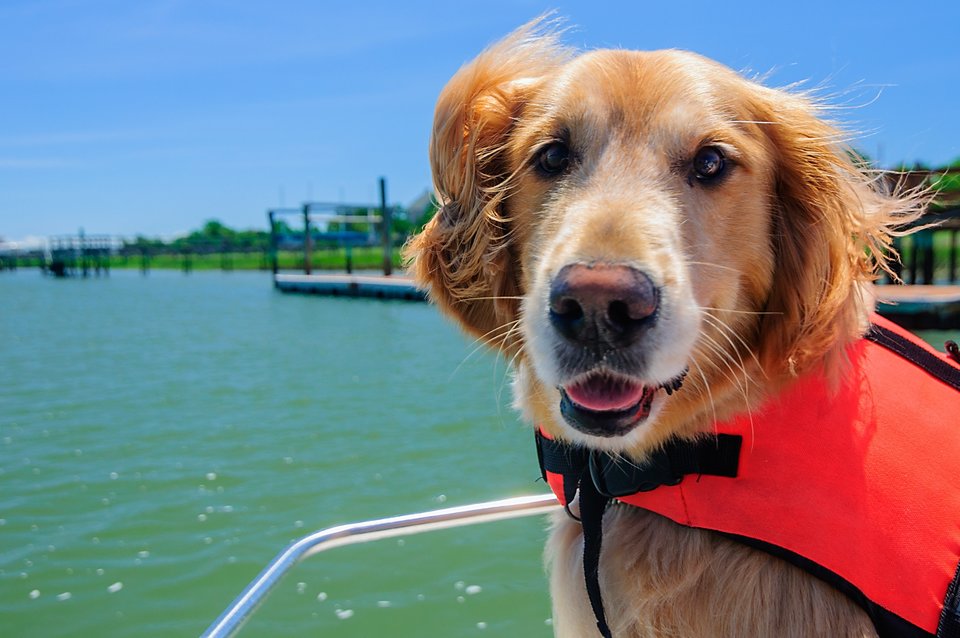
Bookmark & Share
User Comments
Be the first to comment on this post below!
Previous Article
Next Article


